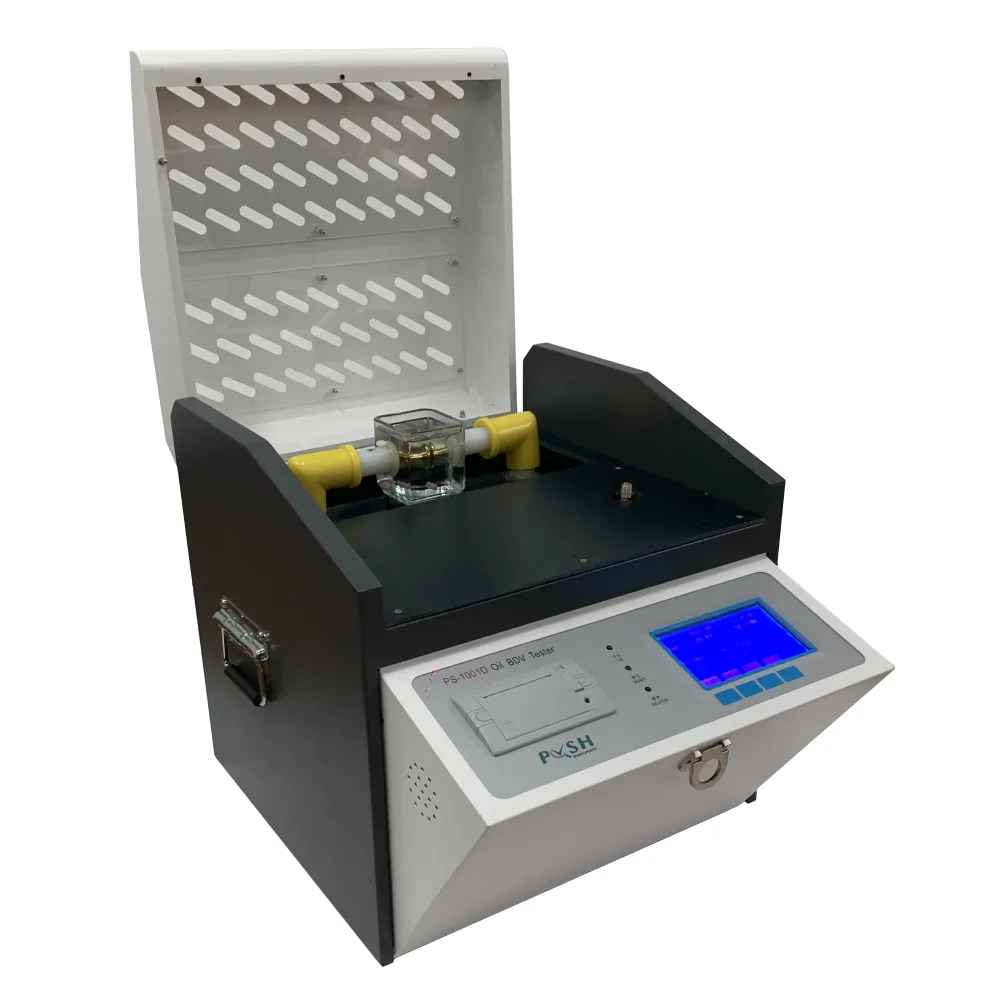 English
English



-
 Afrikaans
Afrikaans -
 Albanian
Albanian -
 Amharic
Amharic -
 Arabic
Arabic -
 Armenian
Armenian -
 Azerbaijani
Azerbaijani -
 Basque
Basque -
 Belarusian
Belarusian -
 Bengali
Bengali -
 Bosnian
Bosnian -
 Bulgarian
Bulgarian -
 Catalan
Catalan -
 Cebuano
Cebuano -
 China
China -
 China (Taiwan)
China (Taiwan) -
 Corsican
Corsican -
 Croatian
Croatian -
 Czech
Czech -
 Danish
Danish -
 Dutch
Dutch -
 English
English -
 Esperanto
Esperanto -
 Estonian
Estonian -
 Finnish
Finnish -
 French
French -
 Frisian
Frisian -
 Galician
Galician -
 Georgian
Georgian -
 German
German -
 Greek
Greek -
 Gujarati
Gujarati -
 Haitian Creole
Haitian Creole -
 hausa
hausa -
 hawaiian
hawaiian -
 Hebrew
Hebrew -
 Hindi
Hindi -
 Miao
Miao -
 Hungarian
Hungarian -
 Icelandic
Icelandic -
 igbo
igbo -
 Indonesian
Indonesian -
 irish
irish -
 Italian
Italian -
 Japanese
Japanese -
 Javanese
Javanese -
 Kannada
Kannada -
 kazakh
kazakh -
 Khmer
Khmer -
 Rwandese
Rwandese -
 Korean
Korean -
 Kurdish
Kurdish -
 Kyrgyz
Kyrgyz -
 Lao
Lao -
 Latin
Latin -
 Latvian
Latvian -
 Lithuanian
Lithuanian -
 Luxembourgish
Luxembourgish -
 Macedonian
Macedonian -
 Malgashi
Malgashi -
 Malay
Malay -
 Malayalam
Malayalam -
 Maltese
Maltese -
 Maori
Maori -
 Marathi
Marathi -
 Mongolian
Mongolian -
 Myanmar
Myanmar -
 Nepali
Nepali -
 Norwegian
Norwegian -
 Norwegian
Norwegian -
 Occitan
Occitan -
 Pashto
Pashto -
 Persian
Persian -
 Polish
Polish -
 Portuguese
Portuguese -
 Punjabi
Punjabi -
 Romanian
Romanian -
 Russian
Russian -
 Samoan
Samoan -
 Scottish Gaelic
Scottish Gaelic -
 Serbian
Serbian -
 Sesotho
Sesotho -
 Shona
Shona -
 Sindhi
Sindhi -
 Sinhala
Sinhala -
 Slovak
Slovak -
 Slovenian
Slovenian -
 Somali
Somali -
 Spanish
Spanish -
 Sundanese
Sundanese -
 Swahili
Swahili -
 Swedish
Swedish -
 Tagalog
Tagalog -
 Tajik
Tajik -
 Tamil
Tamil -
 Tatar
Tatar -
 Telugu
Telugu -
 Thai
Thai -
 Turkish
Turkish -
 Turkmen
Turkmen -
 Ukrainian
Ukrainian -
 Urdu
Urdu -
 Uighur
Uighur -
 Uzbek
Uzbek -
 Vietnamese
Vietnamese -
 Welsh
Welsh -
 Bantu
Bantu -
 Yiddish
Yiddish -
 Yoruba
Yoruba -
 Zulu
Zulu
Pre-Commissioning Testing Procedures for Transformers and Performance Evaluation Guide
Pre-commissioning Testing of Transformers Ensuring Reliability and Safety
The commissioning of transformers is a critical phase in electrical infrastructure development, reflecting the transition from construction to operational readiness. One of the most vital steps in this process is the pre-commissioning testing of transformers, which ensures that they are fully functional, safe, and reliable before being placed into service. This article discusses the importance of pre-commissioning tests, the types of tests conducted, and their significance in the overall performance of power systems.
Pre-commissioning testing is designed to verify the integrity and operational performance of transformers. These tests are typically performed after the installation but before the transformer is energized. The objective is to identify any issues that may have occurred during manufacturing, transportation, or installation. Detecting potential problems at this stage can save time and mitigate risks associated with transformer failure during operation.
One of the primary tests conducted during pre-commissioning is insulation resistance testing. This test measures the insulation quality of the transformer windings and ensures that there are no defects that could lead to short circuits or dielectric breakdowns. Inadequate insulation can result in significant transformer damage, leading to outages and costly repairs. By performing this test, engineers can ascertain that the insulation resistance is within acceptable limits.
Another critical aspect of pre-commissioning testing is the power factor and capacitance testing. This process evaluates the dielectric losses within the transformer insulation system. A high power factor reading indicates potential insulation deterioration, which can compromise the transformer's effectiveness. By measuring the power factor, engineers can gauge the condition of the insulation and make informed decisions regarding maintenance or replacement if necessary.
pre commissioning test of transformer pdf

Additionally, the turns ratio test is performed to verify the transformer’s winding configurations. This test ensures that the winding ratios between primary and secondary sides are correct, which is vital for maintaining voltage levels and ensuring efficient power transfer. Any significant discrepancies in the turns ratio can lead to operational inefficiencies and potential damage.
Furthermore, the frequency response analysis (FRA) is an advanced test that evaluates the physical condition of the transformer windings. This technique involves applying a range of frequencies to the transformer to identify deviations in the winding characteristics. Such deviations may indicate mechanical issues, such as winding movement or displacement, which could lead to serious failures if not addressed.
Thermal imaging and visual inspection are also critical components of the pre-commissioning testing process. Engineers use thermal cameras to detect hotspots that may signify electrical imbalances, loose connections, or insufficient cooling. Visual inspections allow for the identification of any physical damage, improper wiring, or grounding issues, ensuring that all components are in optimal condition.
In conclusion, the pre-commissioning testing of transformers is essential for ensuring the reliability, efficiency, and safety of electrical power systems. Through a series of methodical assessments, engineers can accurately evaluate transformer performance and address any deficiencies before the unit goes into service. This proactive approach not only safeguards the investment in infrastructure but also enhances the overall reliability of power delivery to consumers. By recognizing the importance of these tests, stakeholders can contribute to a more sustainable and efficient energy future.
-
Ensuring SF₆ Gas Safety: Introducing PUSH’s Integrated SF₆ Analyzer for Dew Point, Purity, and Decomposition MonitoringNewsJul.10,2025
-
Exploring the Main Types of Industrial Endoscopes and Their Applications Across IndustriesNewsJul.04,2025
-
Testing Equipment Industry Sees Major Advancements in 2025: Smart & Precision Technologies Lead the WayNewsJun.06,2025
-
Applications of Direct Current Generators in Renewable Energy SystemsNewsJun.05,2025
-
Hipot Tester Calibration and Accuracy GuidelinesNewsJun.05,2025
-
Digital Circuit Breaker Analyzer Features and BenefitsNewsJun.05,2025



